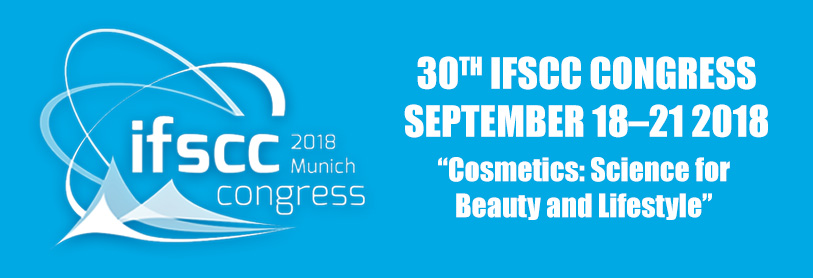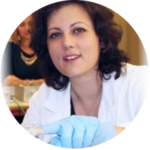
MatTek IVLSL will be attending the IFSCC workshop in Munich, Germany. Dr. Helena Kandarova, Executive Director of MatTek’s EU facility, will be presenting a talk during Workshop 2 on Tuesday, September 18. The workshop and Dr. Kandarova’s talk both focus on the role of in vitro skin models in the cosmetics industry and differences in models and applications. MatTek’s regulatory-accepted EpiDerm tissue is used for risk assessment of cosmetic formulations, and EpiDermFT is utilized for applications of efficacy such as skin hydration and anti-aging potential.

Workshop Details

Workshop 2: Skin Models in Cosmetics
When: Tuesday, September 18
Where: INFINITY Hotel (Congress Hotel) Multifunktionsraum 3
Time: 1:00 PM – 1:45 PM
Artificial Skin in Cosmetic Research
Dr. Helena Kandarova, ERT
Abstract: The Cosmetic Legislation in the EU and in several countries outside EU no longer allow the use of animal experiments to investigate the toxicology profiles of cosmetic ingredients and products or their efficacy. This has been a major challenge for the cosmetic industry, but also an engine for the accelerated development, validation and acceptance of the results based on artificial skin models, also known as reconstructed in vitro 3D models.
One of the major barriers to moving cosmetic testing to in vitro 3D skin had been the ongoing concern of what such an “imperfect skin” can do and where are its limits. Despite these reservations, reconstructed human epidermis (RhE) is today a well-accepted, regulatory recognized model and a tool for the hazard identification of chemicals (including cosmetic ingredients) and can also be used for safety and efficacy studies in specific protocols that allow testing of real-time exposure scenarios. Reconstructed skin is continuously being implemented into the OECD regulations as well as ISO standards. It is a tool that can help to address skin corrosion, irritation, UV sensitivity, skin sensitization and allergy of chemicals and mixtures. It has been used over past 25 years by major cosmetic companies for screening and benchmarking of active ingredients and for optimizing the composition of final formulations. More recently, the use of reconstructed skin has been reported in skin aging studies and studies of skin microbiome.
The ability to reproduce skin barrier and other functions of the human skin in vitro is very important consideration. We have seen in recent years a lot of development in the area of reporter tissues, vascularized skin models, disease skin models as well as tissues with immune system components. Reconstructed 3D human tissues are allowing us not only to test cosmetics without animals and thus address the ethical and regulatory demands, but they also help us to understand mechanisms of action and skin diseases.


